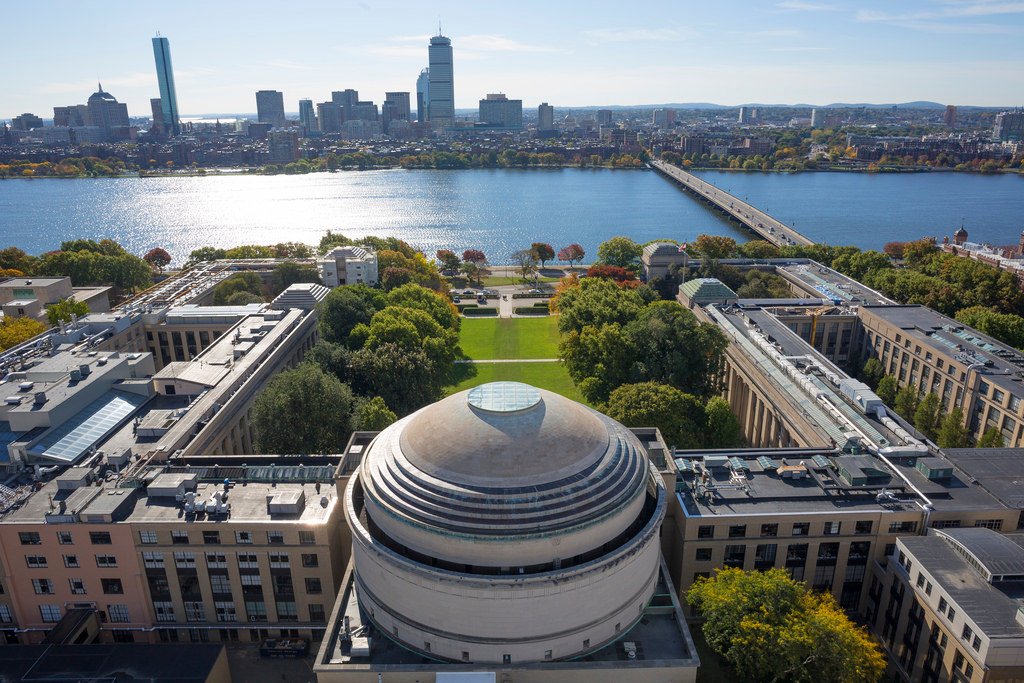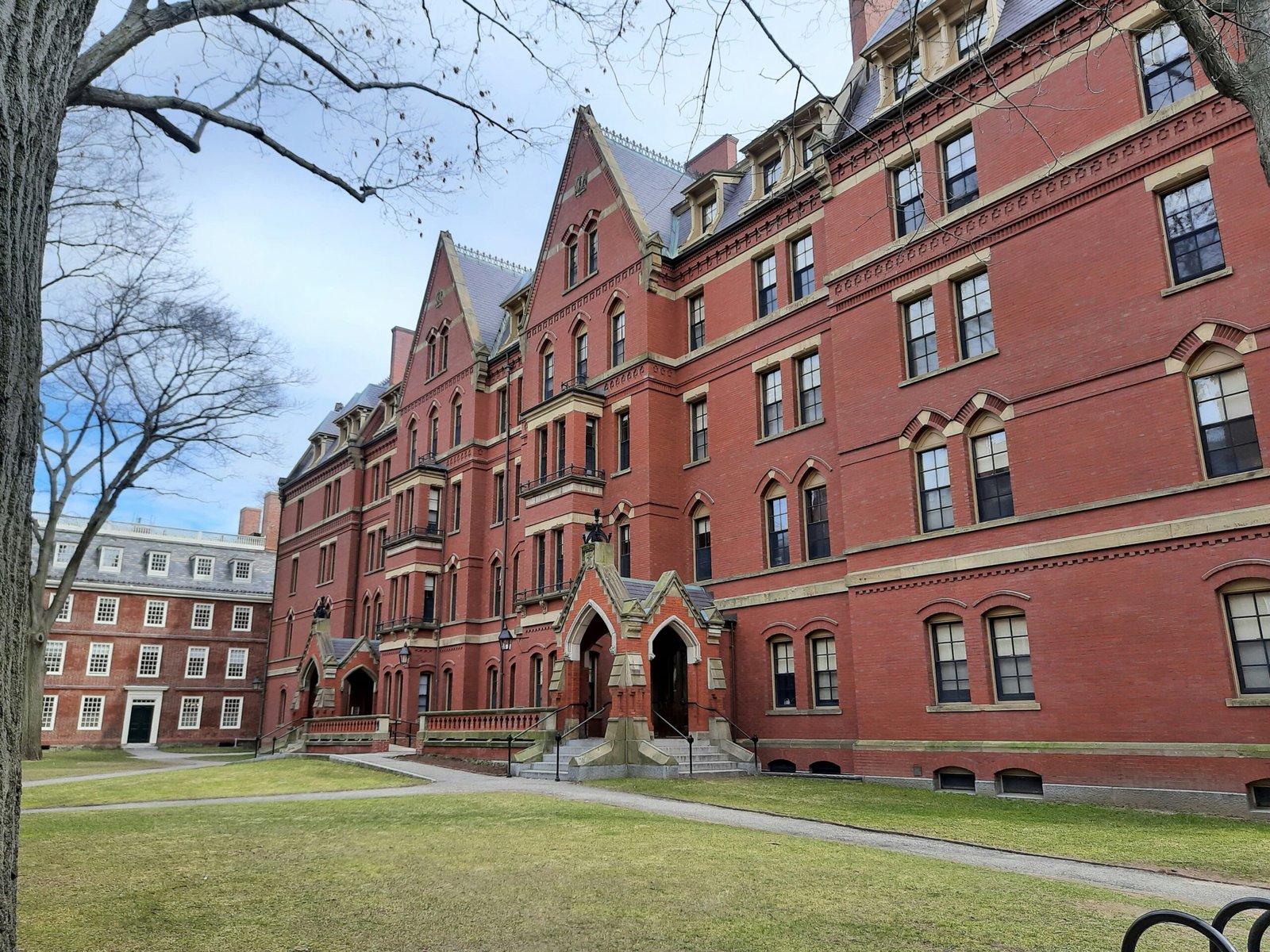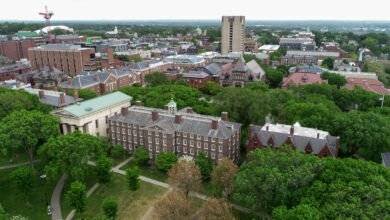Introduction to Massachusetts Institute of Technology
Founded in 1861, MIT has a rich history of pushing the boundaries of knowledge and innovation. From its early days as a small polytechnic institute, MIT has grown into a global powerhouse in education and research. Today, the institute is home to over 11,000 undergraduate and graduate students, who come from all corners of the globe to pursue their academic and professional aspirations.

MIT’s commitment to excellence is evident in its faculty, who are leaders in their respective fields. With Nobel laureates, MacArthur Fellows, and National Academy members among its faculty, MIT attracts some of the brightest minds in academia. These distinguished professors not only impart knowledge to their students but also actively engage in groundbreaking research that has far-reaching implications.
One of the defining characteristics of MIT is its emphasis on hands-on learning and practical application of knowledge. The institute’s renowned undergraduate program, known as the MIT Undergraduate Research Opportunities Program (UROP), allows students to work alongside faculty members on cutting-edge research projects. This unique opportunity enables students to gain valuable experience and make significant contributions to their fields of interest even before they graduate.
In addition to its academic programs, MIT is also known for its vibrant and inclusive campus community. The institute offers a wide range of extracurricular activities, clubs, and organizations that cater to diverse interests. From participating in student-run hackathons to joining cultural clubs and sports teams, students have ample opportunities to pursue their passions outside the classroom.
Furthermore, MIT’s location in the heart of Cambridge provides students with access to a thriving hub of innovation and entrepreneurship. The institute has close ties with industry leaders, startups, and research institutions in the area, fostering a dynamic ecosystem that encourages collaboration and the translation of ideas into real-world solutions.
As a result of its unwavering commitment to excellence, MIT consistently ranks among the top universities in the world. It has been at the forefront of numerous scientific breakthroughs and technological advancements, from the development of the World Wide Web to the discovery of gravitational waves. MIT’s impact extends far beyond its campus, shaping the future through its contributions to science, technology, and society.
Throughout its history, MIT has been a pioneer in numerous fields, consistently pushing the boundaries of scientific knowledge and technological advancements. From its early days, MIT has been committed to fostering a culture of innovation and entrepreneurship, which has led to groundbreaking discoveries and transformative inventions.
One of the key milestones in MIT’s history was the establishment of the Massachusetts Institute of Technology School of Architecture and Planning in 1865. This marked the beginning of MIT’s expansion beyond its initial focus on science and engineering. The addition of the School of Architecture and Planning allowed MIT to integrate the principles of design and aesthetics into its curriculum, creating a unique interdisciplinary approach to education.
Over the years, MIT has continued to evolve and adapt to the changing needs of society. In the early 20th century, MIT played a crucial role in the development of radar technology during World War II. The Radiation Laboratory at MIT, also known as the “Rad Lab,” became a major research center for military applications of radar and made significant contributions to the war effort.
Following the war, MIT shifted its focus towards nuclear science and engineering, becoming a leading institution in this field. The establishment of the Nuclear Reactor Laboratory in 1956 further solidified MIT’s position as a global leader in nuclear research. The lab played a vital role in advancing nuclear energy and contributed to the development of peaceful applications of atomic energy.
In the 1960s and 1970s, MIT witnessed a surge of innovation in the field of computer science. The creation of the MIT Computer Science and Artificial Intelligence Laboratory (CSAIL) in 2003 consolidated MIT’s position as a hub for cutting-edge research in computer science and artificial intelligence.
Today, MIT continues to be a driving force in scientific research and technological innovation. Its faculty and students are engaged in groundbreaking research across a wide range of disciplines, from quantum computing to biotechnology. MIT’s commitment to solving the world’s most pressing challenges remains unwavering, and its impact on society is felt on a global scale.
MIT is widely recognized for its excellence in academics and its commitment to providing students with a comprehensive education. The institution’s five schools offer a diverse range of programs that cater to students’ interests and career goals.
The School of Architecture and Planning provides students with the opportunity to explore the intersection of design, technology, and sustainability. Students in this school can choose from programs such as Architecture, Urban Studies and Planning, and Media Arts and Sciences.
The School of Engineering at MIT is renowned for its cutting-edge research and innovation. Students in this school can pursue majors such as Electrical Engineering and Computer Science, Mechanical Engineering, and Aerospace Engineering. The rigorous curriculum in this school prepares students for careers in various industries, including technology, manufacturing, and aerospace.
The School of Humanities, Arts, and Social Sciences offers programs that foster critical thinking, creativity, and social awareness. Students in this school can choose from majors such as Economics, Political Science, and Literature. The interdisciplinary nature of the programs in this school allows students to explore the connections between different fields of study and gain a well-rounded education.
The MIT Sloan School of Management is renowned for its world-class business education. Students in this school can pursue majors such as Finance, Entrepreneurship, and Operations Management. The school’s emphasis on experiential learning and real-world applications equips students with the skills and knowledge needed to succeed in the dynamic business world.
The School of Science at MIT offers programs that delve into the fundamental principles of the natural and physical sciences. Students in this school can pursue majors such as Biology, Chemistry, and Physics. The school’s commitment to research and discovery provides students with opportunities to work alongside esteemed faculty members and contribute to groundbreaking scientific advancements.
Whether students choose to pursue an undergraduate or graduate degree at MIT, they can expect to be challenged academically and intellectually. The institution’s rigorous curriculum, combined with its emphasis on hands-on learning and research, prepares students to become leaders in their respective fields.
Overall, MIT’s academic programs provide students with a solid foundation in their chosen disciplines and equip them with the skills and knowledge needed to make a positive impact in the world. The institution’s commitment to excellence, innovation, and interdisciplinary collaboration sets it apart as a leader in higher education.
Research and Innovation
MIT is a hub for research and innovation, with faculty members and students actively involved in pushing the boundaries of knowledge. The institution has a strong focus on interdisciplinary research and collaboration, which has led to groundbreaking discoveries and inventions.
MIT has made significant contributions to various fields, including computer science, artificial intelligence, robotics, biotechnology, and renewable energy. Some notable inventions and discoveries that have emerged from MIT include the development of the World Wide Web, the creation of the first artificial kidney, and the discovery of black holes.
The institution also has numerous research centers and laboratories dedicated to specific areas of study. These centers provide resources and support for faculty members and students to pursue their research interests.
One such research center is the Computer Science and Artificial Intelligence Laboratory (CSAIL). CSAIL is the largest research laboratory at MIT and is dedicated to advancing the field of computer science and artificial intelligence. The lab brings together researchers from various disciplines, including computer science, electrical engineering, and cognitive science, to collaborate on cutting-edge projects.
Another prominent research center at MIT is the Media Lab. The Media Lab focuses on exploring new technologies and their impact on society. Researchers at the Media Lab work on projects ranging from wearable technology and virtual reality to social robotics and digital fabrication.
In addition to these research centers, MIT also has several interdisciplinary research initiatives that tackle complex global challenges. One such initiative is the Abdul Latif Jameel Poverty Action Lab (J-PAL), which seeks to reduce poverty by conducting randomized evaluations of social programs and policies. J-PAL works with governments, NGOs, and other partners to generate evidence-based solutions to poverty-related issues.
Furthermore, MIT encourages students to engage in research early on in their academic careers. Undergraduate students have the opportunity to participate in the Undergraduate Research Opportunities Program (UROP), which allows them to work alongside faculty members on ongoing research projects. This hands-on experience not only enhances their learning but also fosters a culture of innovation and discovery.
Overall, MIT’s commitment to research and innovation is evident in its numerous research centers, interdisciplinary initiatives, and opportunities for students. The institution continues to push the boundaries of knowledge and make significant contributions to various fields, cementing its reputation as a leading research university.
Campus Life
MIT has a vibrant campus life with numerous opportunities for students to engage in extracurricular activities and pursue their interests outside the classroom. The institution has over 500 student-run clubs and organizations, ranging from academic and professional groups to cultural and recreational clubs.
Students at MIT also have access to state-of-the-art facilities, including libraries, laboratories, and sports complexes. The campus is known for its iconic architecture, with buildings designed by renowned architects such as Frank Gehry and I.M. Pei.
MIT also hosts various events and conferences throughout the year, attracting leading scholars, researchers, and industry professionals from around the world. These events provide opportunities for networking, learning, and collaboration.
One of the most popular events at MIT is the annual “Tech Expo,” where students showcase their innovative projects and research to the public. This event not only allows students to gain recognition for their work but also encourages collaboration and the exchange of ideas among different disciplines.
In addition to academic and research-related activities, MIT offers a wide range of cultural and recreational opportunities for students. The campus is home to several art galleries, where students can exhibit their artwork or attend exhibitions by renowned artists. The MIT Museum is another popular destination, showcasing the institution’s rich history and contributions to science and technology.
For sports enthusiasts, MIT boasts top-notch athletic facilities, including a state-of-the-art gymnasium, swimming pool, and outdoor sports fields. The campus also has a variety of intramural sports leagues and fitness classes, catering to students with different interests and skill levels.
Moreover, MIT encourages students to take part in community service and social impact initiatives. The institution has partnerships with local organizations and provides opportunities for students to engage in volunteer work, addressing social issues and making a positive difference in the community.
Overall, campus life at MIT is dynamic and diverse, offering students a well-rounded educational experience. Whether it’s pursuing academic interests, participating in extracurricular activities, or giving back to the community, MIT provides a supportive environment for students to explore their passions and thrive both inside and outside the classroom.
In addition to the notable alumni mentioned above, MIT has also produced numerous successful entrepreneurs and business leaders. Many of these individuals have founded or co-founded groundbreaking companies that have transformed industries and created new opportunities.
One such example is Elon Musk, the founder of SpaceX and Tesla Motors. Musk, who attended MIT briefly before transferring to the University of Pennsylvania, has revolutionized the space exploration and electric vehicle industries. His companies have not only pushed the boundaries of technology but have also made significant strides towards a more sustainable future.
Another MIT alumna who has made a significant impact in the business world is Ginni Rometty. Rometty, who served as the CEO of IBM from 2012 to 2020, led the company through a period of transformation and helped it adapt to the challenges of the digital age. Under her leadership, IBM embraced emerging technologies such as artificial intelligence and cloud computing, positioning the company for continued success.
MIT’s influence extends beyond the business world. Many alumni have also made significant contributions in the fields of science and medicine. For example, Robert Langer, a chemical engineer and professor at MIT, has pioneered advancements in drug delivery systems and tissue engineering. His groundbreaking work has revolutionized the field of biotechnology and has the potential to improve the lives of millions of people around the world.
Furthermore, MIT alumni have also played a crucial role in shaping public policy and governance. Lawrence Summers, a former president of Harvard University and former U.S. Secretary of the Treasury, is an MIT alumnus who has had a profound impact on economic policy. His expertise and leadership have helped shape the global economy and have influenced policy decisions at the highest levels of government.
These examples highlight the far-reaching impact of MIT and its alumni. Through their innovative ideas, groundbreaking research, and leadership, MIT graduates continue to shape the world in meaningful ways. Whether it is through technological advancements, business innovation, scientific breakthroughs, or policy influence, the impact of MIT and its alumni is undeniable.




